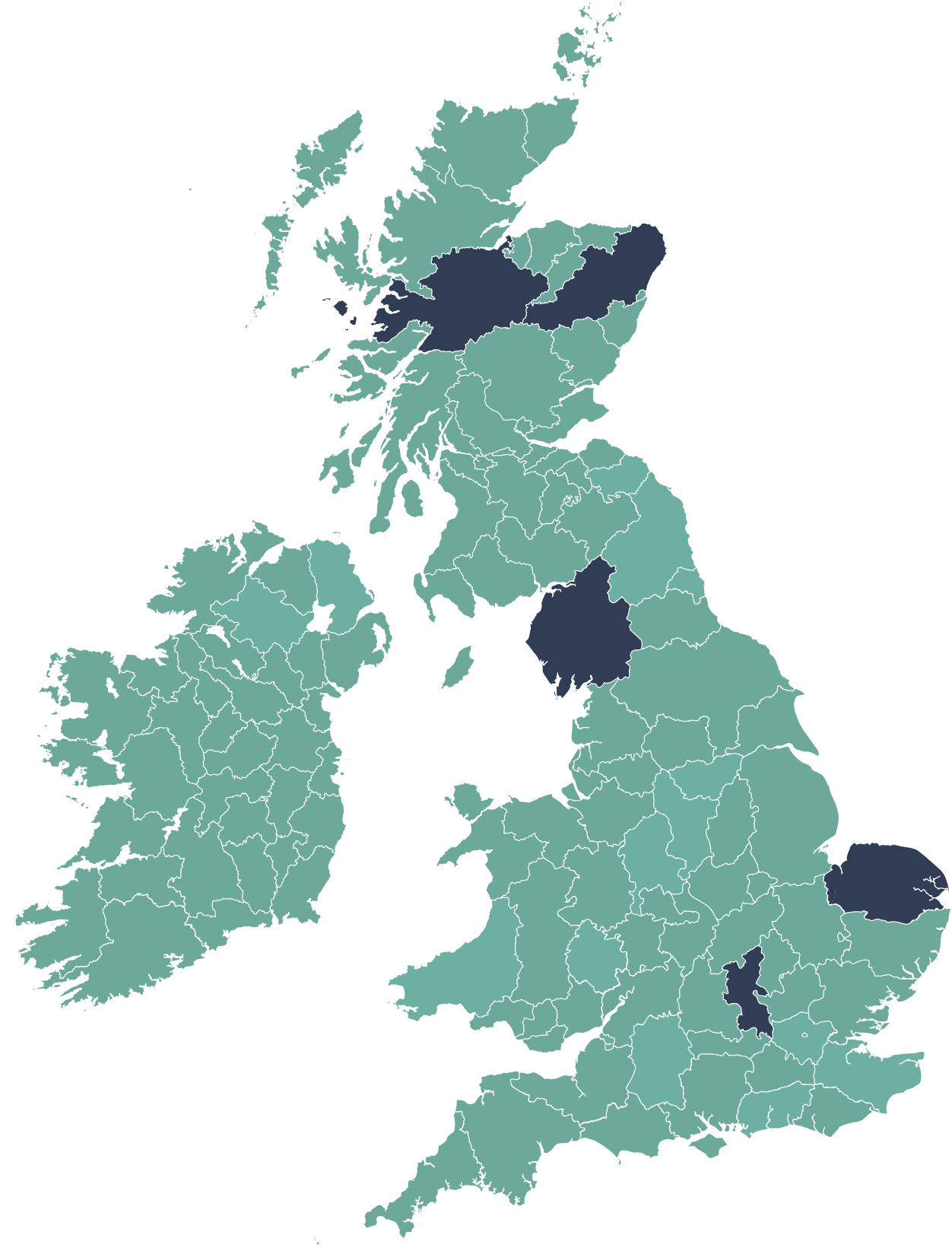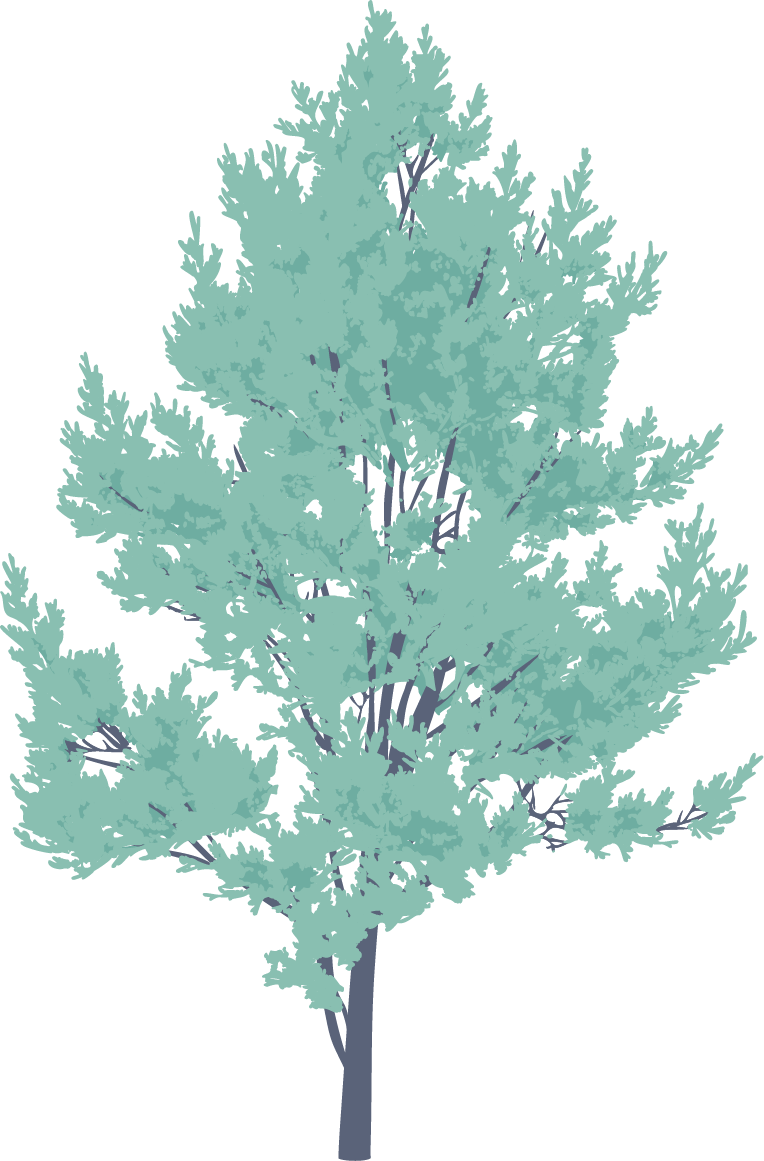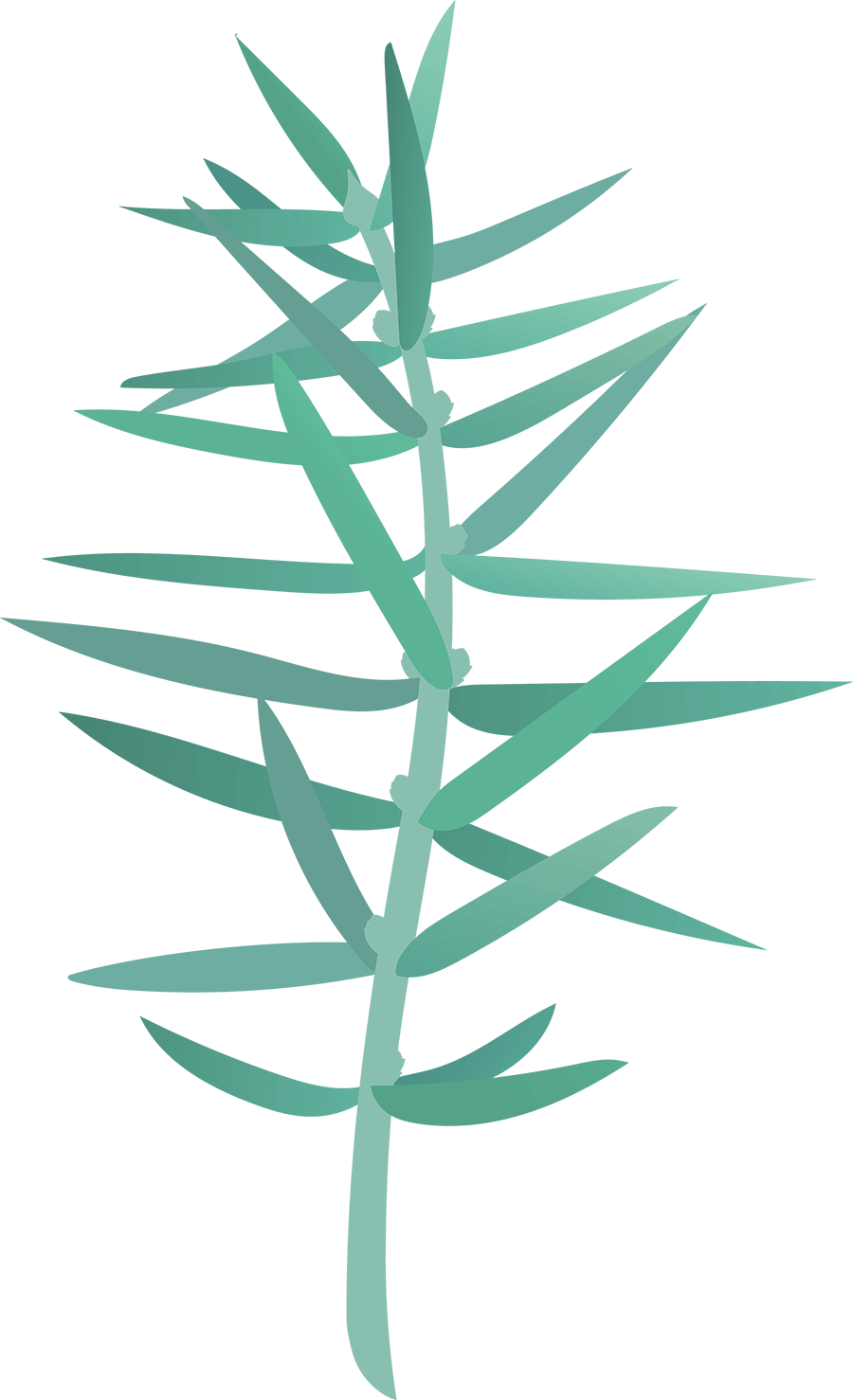LRG has supported the planting of 1,701 climate resilient trees across the UK in 2023-24
LRG is working in partnership with GreenTheUK and the Royal Forestry Society (RFS) to plant new climate resilient trees across UK woodlands. This project focuses on excellence in woodland management, working with foresters and aborists to ensure we are planting for the future with knowledge being shared from one generation to another.
Planting for the future means nurturing skills that will protect woodlands from pests, diseases and improve resilience to climate change. 41% of England’s woodlands are unmanaged or under-managed, which poses threats to the health and sustainability of woodlands. LRG is helping to support tree planting rooted in knowledge of UK woodlands, looked after by experts.
The Committee on Climate Change recommends woodland cover is increased to a minimum of 17% by 2050, requiring 30,000 to 50,000 hectares a year of woodland creation. This will store carbon, increase biodiversity, flood control and create a low-carbon route to increassing the resilience of the rural economy.
This planting season, 2023-24, the UK has seen 11 named storms, according to the met office highlighting the need to act each planting season to protect and restore UK woodlands.
This year, LRG has planted 1,701 climate resilient trees in the UK to help take climate action. So far, LRG has planted a total of 28,252 trees.

Tree Species Planted:
43 trees planted in Inverness-shire
Trees in this woodland near Inverness have been planted on steep inaccessible slopes to increase the wildlife value of the area. The woodland is situated within the Strath Site of Special Scientific Interest (SSSI), where the rocky outcrops and associated plants are of particular interest to scientists. Surrounding peatlands, bogs and clear water lakes provide habitat for species such as Marsh Saxifrage and birds like the Golden Eagle, Dunlins and Greenshanks . All the trees planted as part of this project are native to Scotland and will be very beneficial to local wildlife.
250 trees planted in Cumbria
Many of the trees in this important ancient woodland were broken, damaged or blown over by Storm Arwen. The new trees in this woodland have been planted to help increase the woodland’s resilience to storm damage and quickly replace the woodland habitat that was lost in the storm. This is a particularly important site for native red squirrels, who live and breed in this woodland. The trees have been specially chosen to ensure a continued supply of pinecones (one of the squirrels’ favourite foods) and suitable habitat for building nests (dreys).
507 trees planted in Aberdeenshire
This woodland was badly damaged in 2019 by Storm Arwen. The storm took out several pockets of trees within the woodland. As part of this project, damaged and fallen trees have been replaced with a mix of evergreen and deciduous trees. Smaller trees, such as aspen, willow and rowan will form an understory that will be particularly beneficial to local wildlife. Above this, faster growing trees such as spruce, larch, fir and cedar will form a canopy and help protect trees from further storms.
800 trees planted in Norfolk
As part of this project, newly planted trees are protected using a natural (plastic free) deer repellent. This repellent will deter deer from nibbling young trees, something that can cause trees to die or become unhealthy. Fir and chestnut trees have been planted in between existing chestnut, beech and oak trees. This will help to create a woodland with varying structure and different ages of trees. This variation will help to create resilience to rapid climate change.
101 trees planted in Pancake Woods (Buckinghamshire)
In October 2023, a hardworking group of volunteers from LRG travelled from across the country to centuries-old Hockeridge and Pancake Woods in the Chilterns. Their day of volunteering consisted of planting 100 English oak trees; a guided walk of the woodland by John the Woodland Manager; and several seasonal maintenance activities: lopping, bracken bashing and popping an invasive species of black cherry tree. In 1952 Mary Wellesley, greatgreat-granddaughter to the Duke of Wellington, purchased the woods and set about rescuing them from neglect. She was a keen arborculturalist, and replanted with many ‘fashionable’ forestry trees including conifers, and also many non-native species which are still seen today. She was ‘ahead of her time’ in respect to the management techniques employed at the woods. In 1986 Mary Wellesley generously gifted the woods over to the Royal Forestry Society who still own and manage them to this day. To mark 40 years of Leaders, Donna from LRG planted a juniper specimen tree. This will grow next to a deodar cedar planted by LRG last year. In time, they will grow to become part of an avenue of trees. Juniper, a much loved evergreen, is a cosy home for wildlife as well as a gin-drinker’s delight. Extremely hardy, the dedoar cedar is a large evergreen conifer whose fragrant wood can be burned as insect-repelling incense or distilled into a popular essential oil.

UN's Sustainable Development Goals
As a GreenTheUK partner, you support projects that are in line with the UN Sustainable Development Goals.

Take urgent action to combat climate change and its impacts.

Sustainably manage forests, combat desertification, halt and reverse land degradation, halt biodiversity loss.

















































































.jpg)
.jpg)
.jpg)
.jpg)
.jpg)
.jpg)
.jpg)
.jpg)
.jpg)
.jpg)
.jpg)
.jpg)
.jpg)
.jpg)
.jpg)
.jpg)
.jpg)
.jpg)
.jpg)
.jpg)
.jpg)
.jpg)
.jpg)
.jpg)
.jpg)
.jpg)
.jpg)
.jpg)
.jpg)
.jpg)
.jpg)
.jpg)
.jpg)
.jpg)
.jpg)
.jpg)
.jpg)
.jpg)